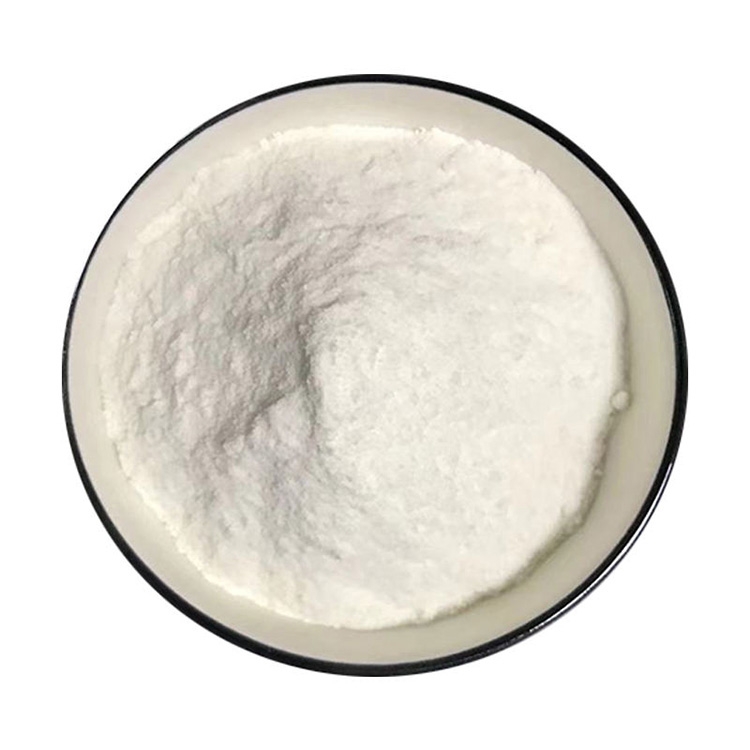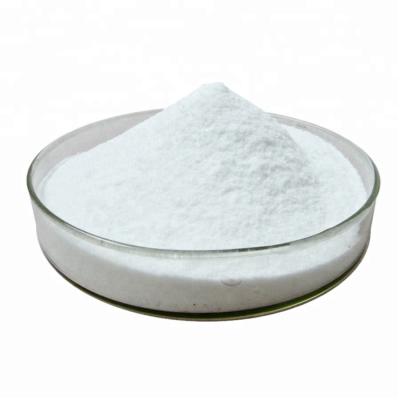The Propiconazole Triazole Fungicide
Common name: Propiconazole
Chemical name:
1-[[2-(2,4-dichlorophenyl)-4-propyl-1,3-dioxolan-2-yl]methyl]-1H-1,2,4-triazole
Molecular formula: C15H17Cl2N3O2
In addition to being ineffective against algal diseases, propiconazole is effective against various diseases caused by ascomycetes, basidiomycetes and imperfect fungi on food, vegetables, fruits and ornamental plants.
Product description:
Propiconazole is a Triazole fungicide, also referred to as a dmi, or demethylation inhibiting fungicide due to its binding with and inhibiting the 14-alpha demethylase enzyme from demethylating a precursor to ergosterol. with out this demethylation step, the ergosterols are not protected into the growing fungal cellular membranes, and cellular increase is stopped.
Common name: Propiconazole
Chemical name:
1-[[2-(2,4-dichlorophenyl)-4-propyl-1,3-dioxolan-2-yl]methyl]-1H-1,2,4-triazole
Molecular formula: C15H17Cl2N3O2
Structural formula:

Molecular weight: 342.22
CAS No. : 60207-90-1
Physical and chemical properties:
This product is light yellow viscous liquid. b.p. 180°C/13.32Pa, vapor pressure 0.133×10-3Pa (20°C), relative density 1.27 (20°C), refractive index n20ChemicalbookD1.5468. Participate in the miscibility of most organic solvents such as acetone, methanol and isopropanol. The solubility in water at 20°C is 110mg/L. It is relatively stable to light, heat, acid and alkali, and non-corrosive to metals.
Specifications:95%TC,25%EC,50%TK
Usage:
Triazole type systemic fungicide. It has protective and therapeutic effects and is an inhibitor of ergosterol biosynthesis. Ergosterol plays an important role in the formation of fungal cell membranes. Propiconazole hinders the biosynthesis of ergosterol in fungi by interfering with C14-demethylation, thereby destroying the growth and reproduction of fungi, playing a protective and therapeutic role. In addition to being ineffective against algal diseases, propiconazole is effective against various diseases caused by ascomycetes, basidiomycetes and imperfect fungi on food, vegetables, fruits and ornamental plants, especially wheat root rot. , Powdery mildew, rice bakanae disease, various rust, leaf spot, glume blight, net smut, etc., have a good control effect, but Chemicalbook is not effective for oocyst disease. The residual effect period is 3 to 5 weeks. For example, to prevent and control wheat powdery mildew, stripe rust, and root rot, spray 11.25kg of water with 25% EC 5mL/100m2 at the beginning of the disease. For the prevention and control of wheat glume blight, spray at the booting stage to prevent barley leaf rust, net spot, and barley. Oat crown rust can be sprayed at the same dose. According to reports, it is used for wheat rust to increase production significantly. To prevent and control rice bakanae disease, the rice seeds are soaked in 25% EC 1000 times for 2 to 3 days, and then the seeds are directly accelerated and sowed. In addition, it can also be used for cucumber powdery mildew, bean powdery mildew, tomato powdery mildew, apple powdery mildew, scab, penicillium rot, peanut, soybean, coffee and other diseases.
Submitted successfully
We will contact you as soon as possible




